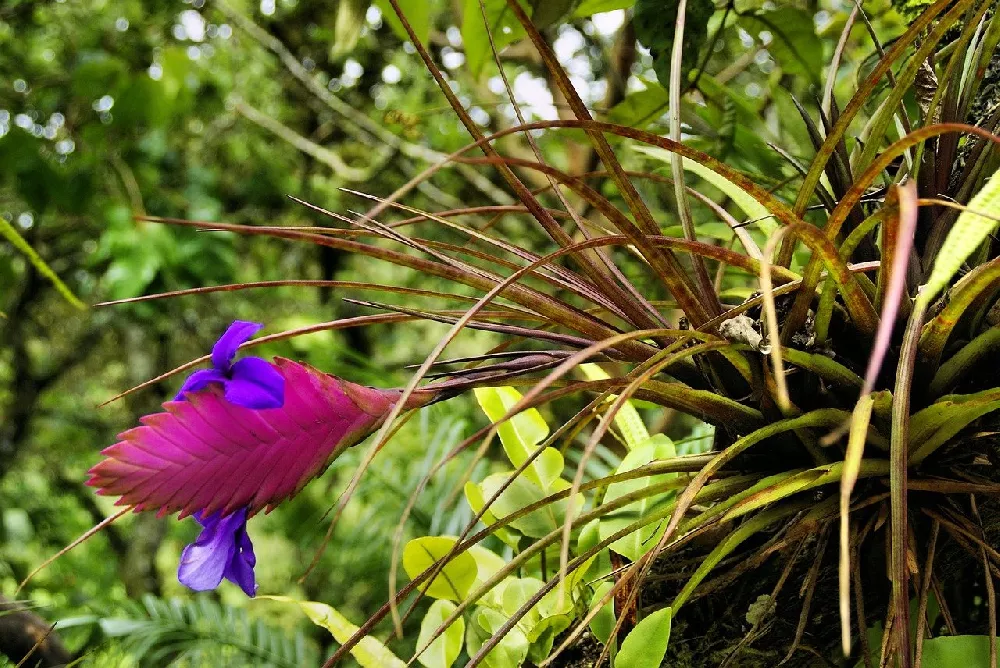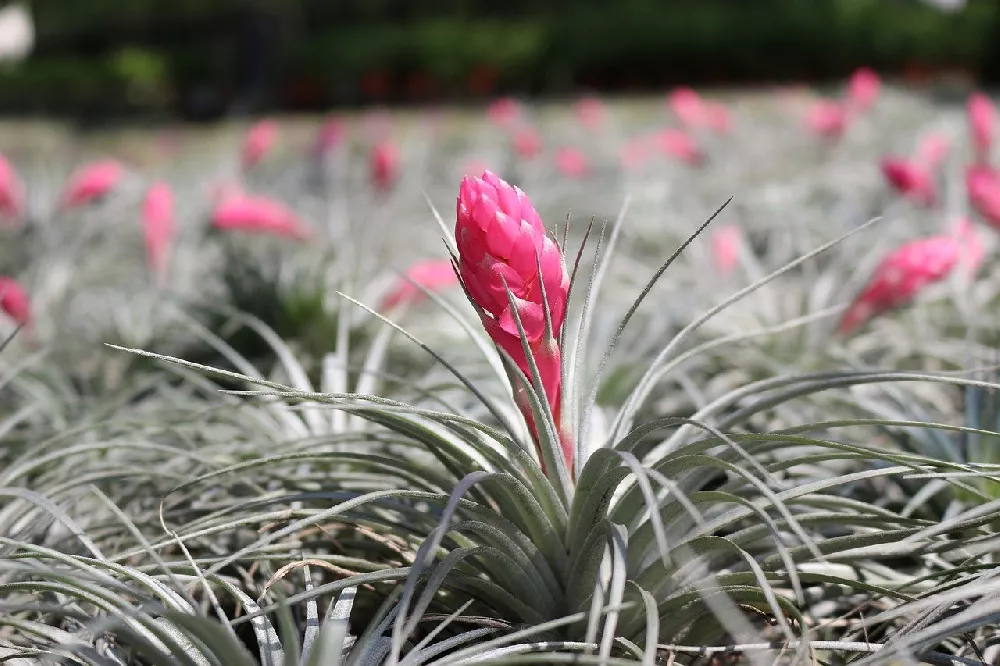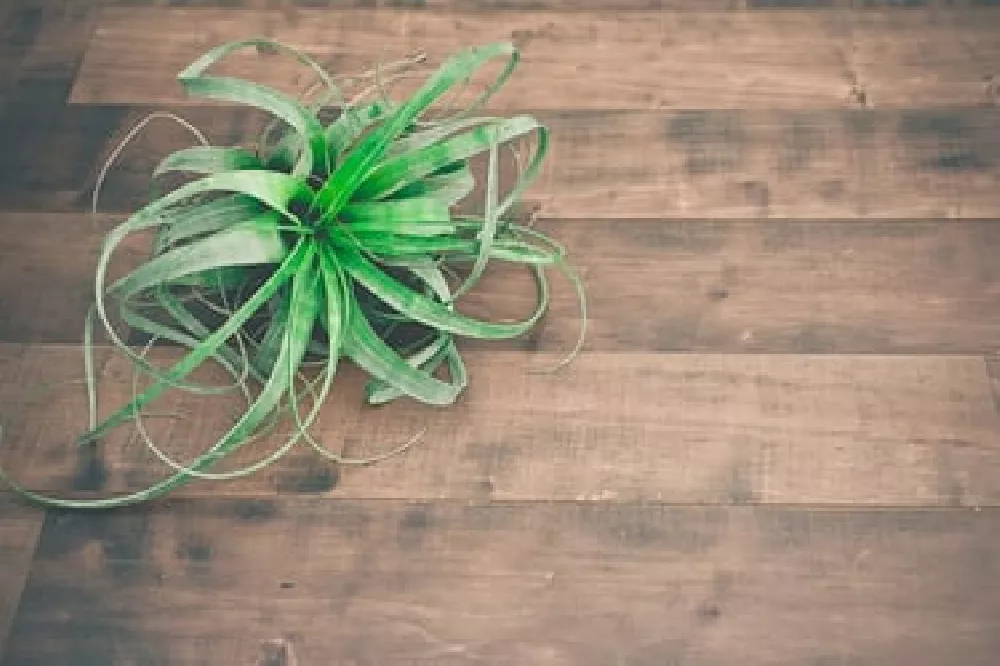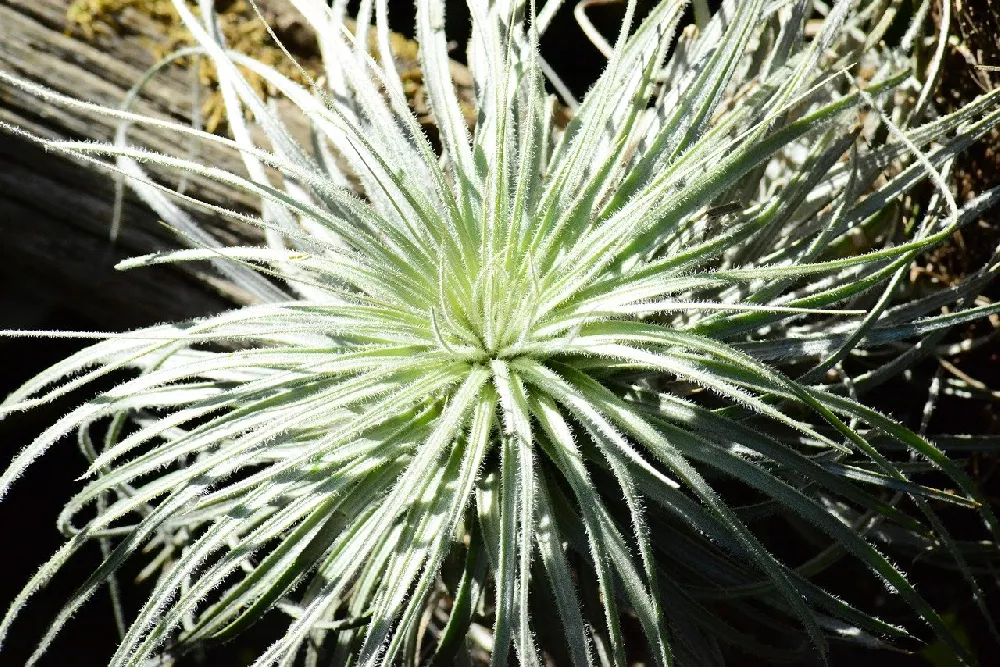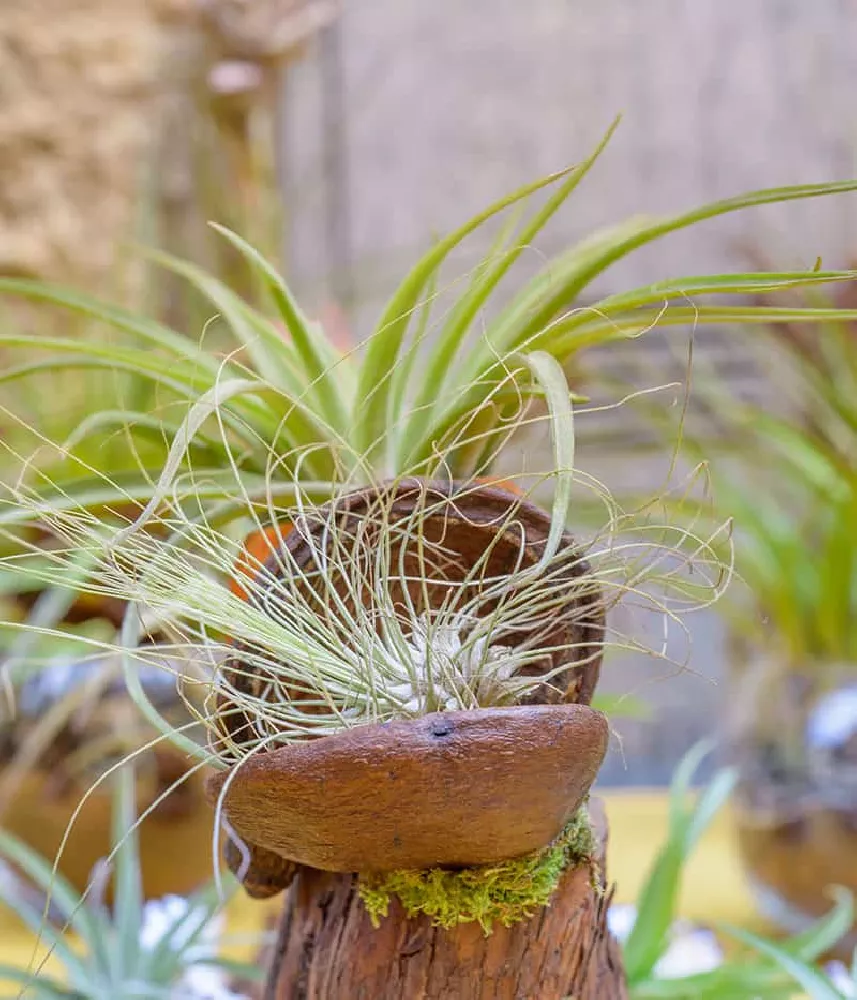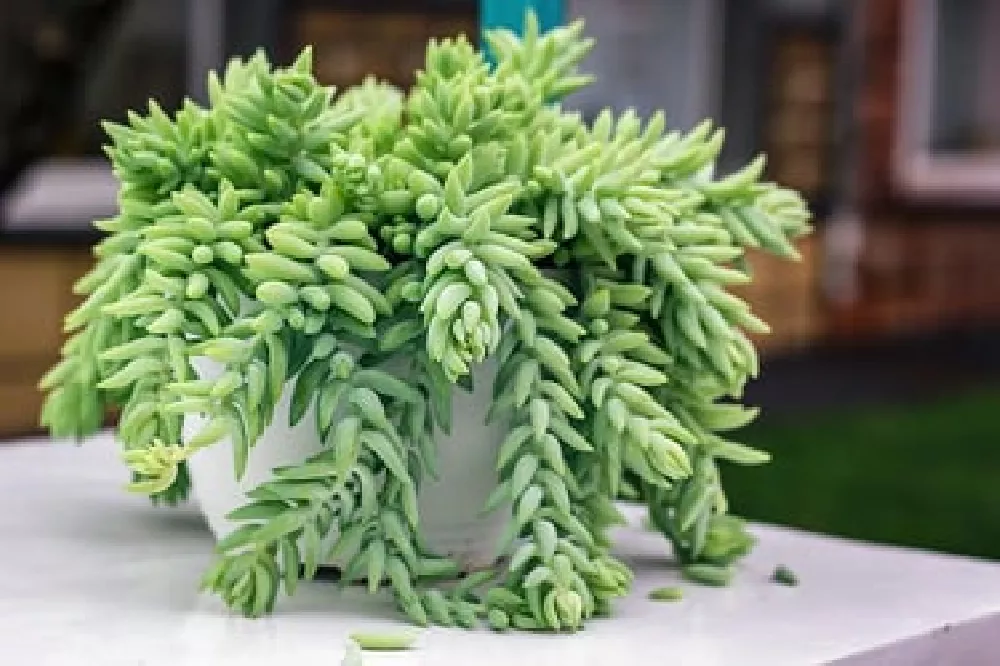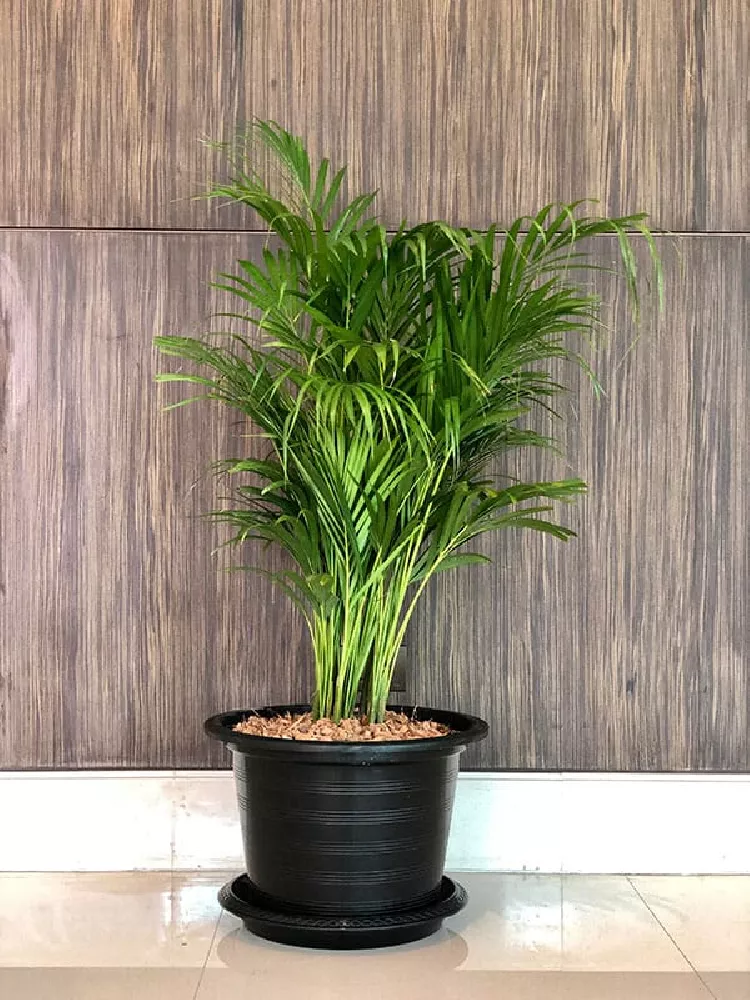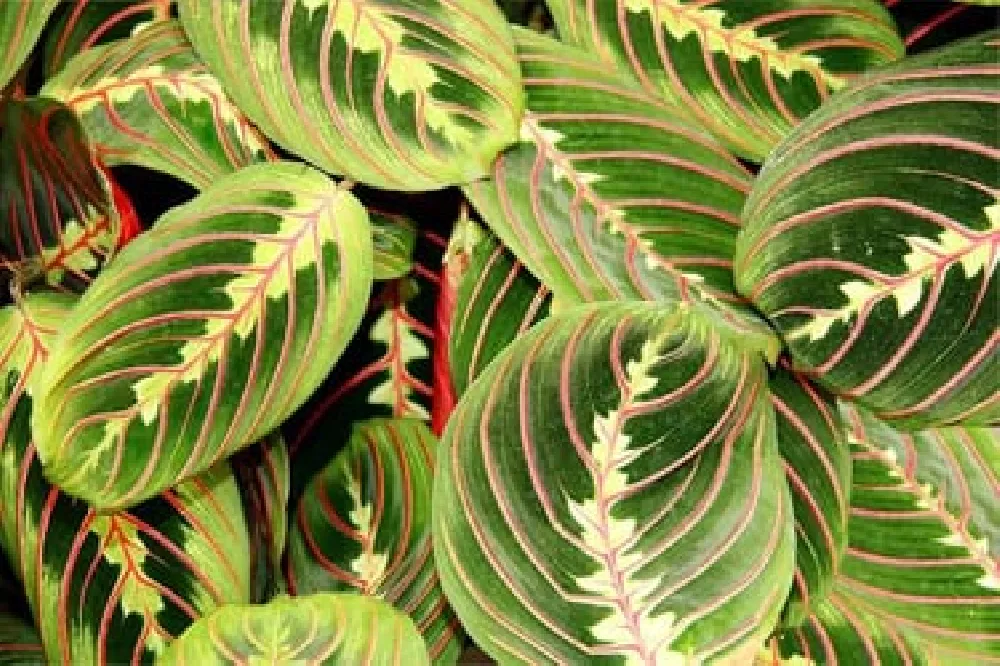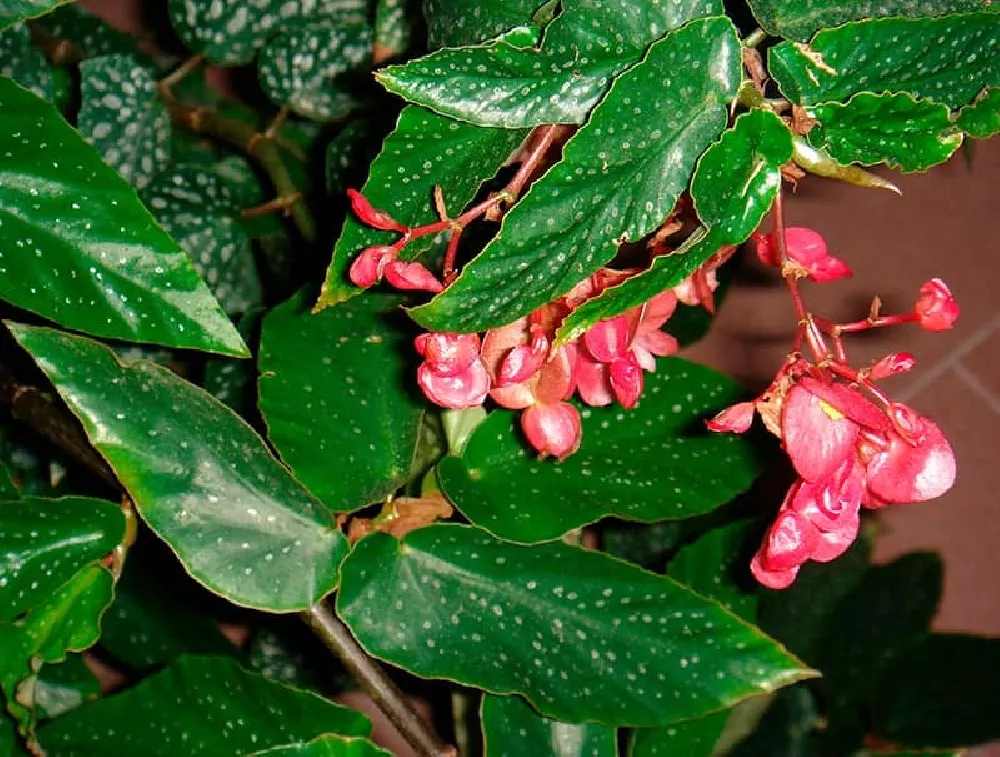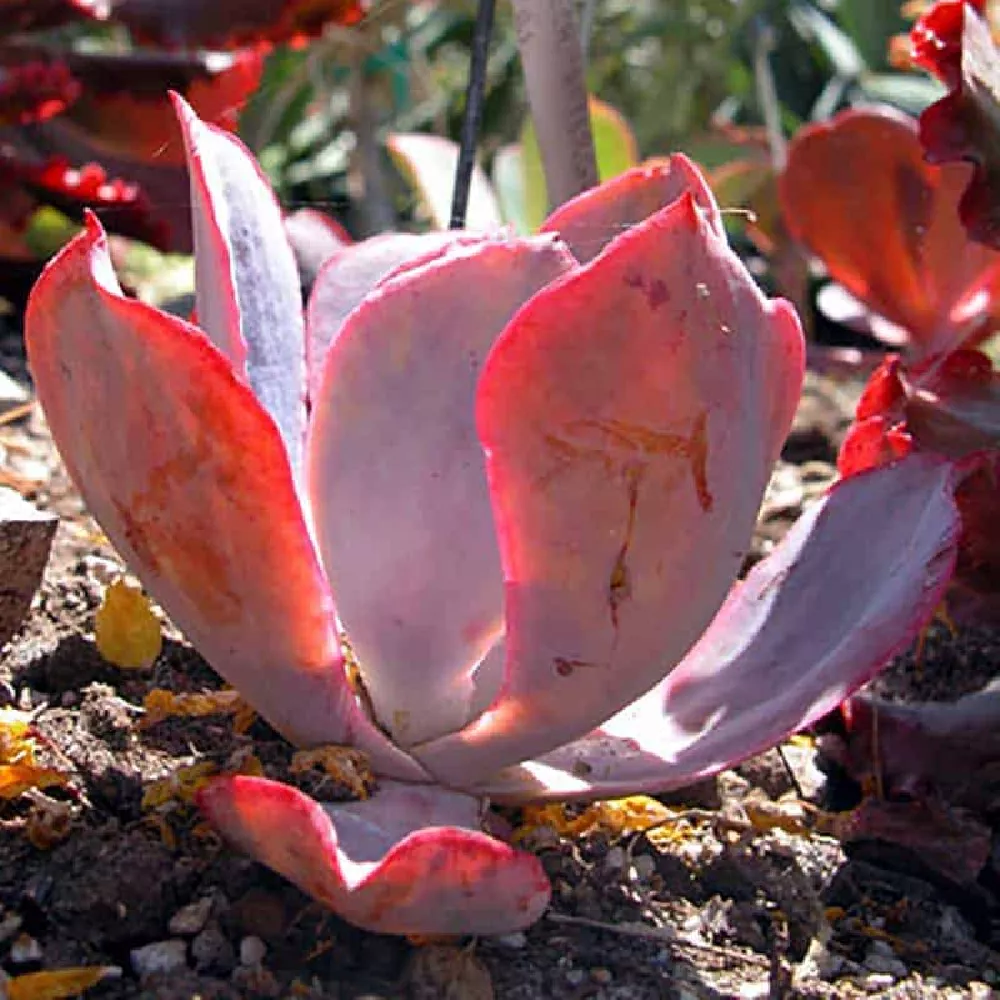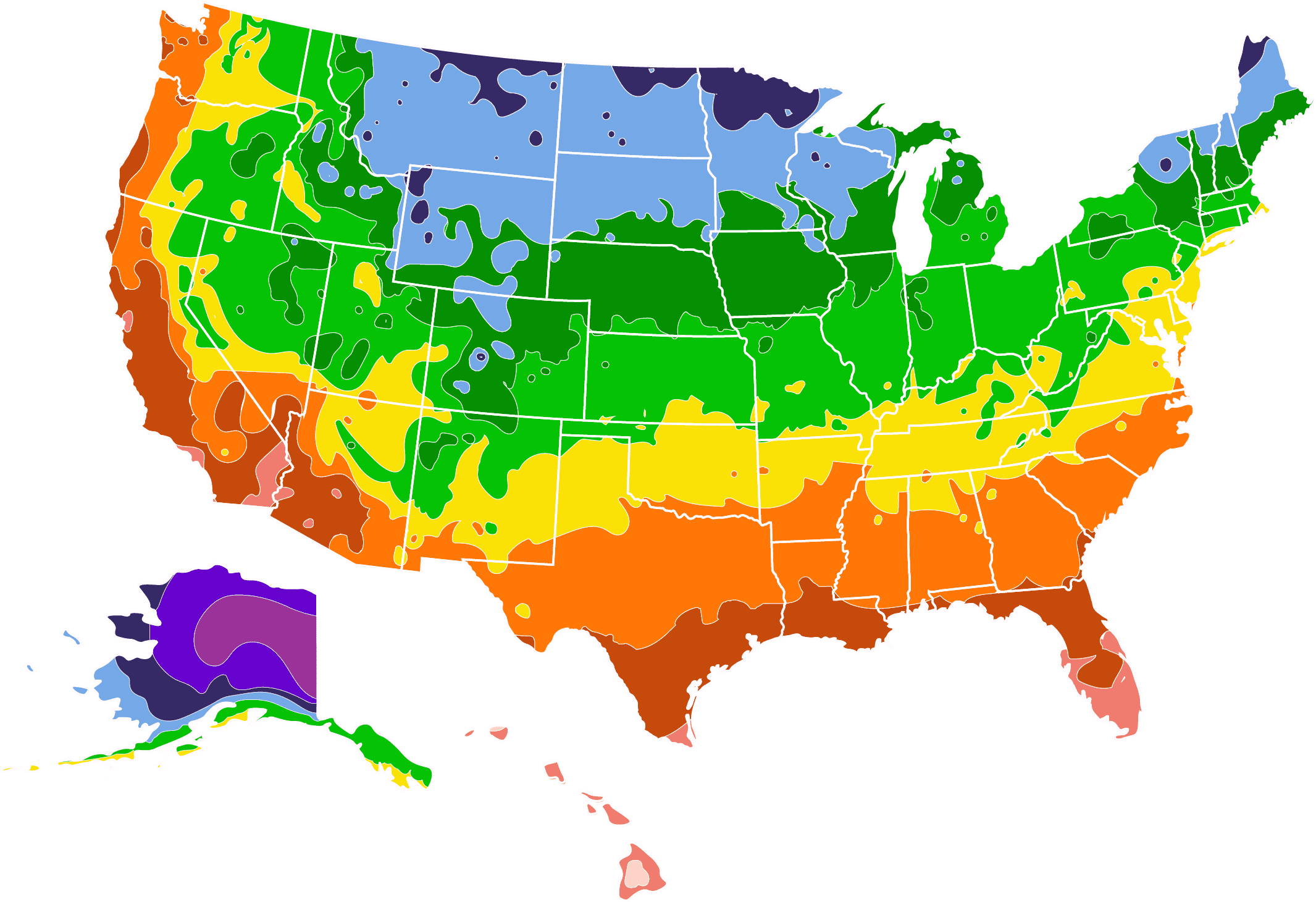- Home >
- Houseplants >
- Air Plants
Air Plants for Sale - Buying & Growing Guide
Air Plants Shop - 5 Pack - Classic Tillandsia Collection
Air Plants City- 5 Pack - Tillandsia Ionantha Guatemala
Air Plants Supply -- Ionantha, Circinata, Butzii, Velutina, Caput Medusae, Juncifolia, Capitata, Sparker, Streptophylla, and Abdita
Enter your zip code to find nearby stores that may carry this plant.
There are over 600 species and types of air plants, Tillandsias, and they all have one essential thing in common: they are all epiphytes, which means that rather than grow in soil, they naturally grow on other plants. In nature you will most frequently find air plants growing on the bark of trees, where they absorb moisture and nutrients from the air and through their leaves. As houseplants, they offer nearly unlimited variety in their appearance: some produce flowers and others look like creatures from outer space. Here are some other interesting facts about air plants:
- Air plants of the same species will look different in different environments.
- They offer home gardeners exciting options for creative display, while being easy to care for.
- All varieties of air plants are tropical plants which thrive with similar temperatures.
Planting and Care
Planting instructions
Though air plants should never be planted in soil, these interesting, easy-to-grow plants do not live on air alone. They require weekly watering, some humidity, warm temperatures that never fall below 45 degrees Fahrenheit, and plenty of indirect light. The best light for these plants will come from southern or eastern exposures, and care must be taken when exposing them to afternoon light in a west-facing window, as heat can burn the plant. If you want to grow an air plant in an area without adequate natural light, it will need a minimum of 12 hours of light from a full spectrum fluorescent light placed no more than three feet away from the plant.
They can be placed in or on almost any type of container or display, including any of the beautiful hanging glass and plastic globes that have been created for housing air plants. They can be glued or tied onto any surface to secure them or placed on decorative plates, in rock and sand gardens, or in decorative pots. Air plants thrive in steamy bathrooms that get plenty of natural light, but do not place an air plant in a terrarium, as too much moisture can cause it to rot from within.
Watering and nutrients
Air plants need water once a week to prevent them from drying out, but they cannot be allowed to remain wet for an extended period of time (can lead to rotting). They should not be watered in the evening as that is the time that the plant uses for breathing after its daily photosynthesis process has stopped.
Underwatering an air plant will result in brown leaf tips. The best way to meet an air plant’s water needs is to soak the plant in a vessel of room temperature water for no more than ten minutes, then remove it, shake off excess water, and place the plant upside down on absorbent material in a warm, bright space to dry. Plants kept in warm, dry locations should be lightly misted once a week, though air plants kept in humid rooms like bathrooms will not require this step. If your plant has not dried within three hours, shorten the soaking time or place in a warmer, brighter drying spot to ensure that the plant is not being oversaturated. Once an air plant is damaged from overwatering, it is usually too late to revive it.
The best way to feed an air plant is by adding a tiny amount of orchid fertilizer to the water in which the plant is soaked once or twice a month as long as those fertilizers contain plenty of organic nitrogen and no copper or zinc.
Pruning
Air plants require no pruning, though leaves that have turned brown or discolored can be removed to improve the appearance of the plant and brown tips can be trimmed off. Roots can also be removed as long as you take care to leave the plant’s base intact.
Pests and diseases
Air plants are vulnerable to fungal diseases if they are overwatered. They are also prone to attack by mealybugs and scale insects, both of which can be treated with a pesticide marked as being safe for Tillandsias.
Light
Air plants enjoy bright indirect light. They will happily sit on a window provided they are given some shade. A sunny window with a sheer curtain would be the ideal spot, allowing the plant to benefit from bright but filtered light. Too much direct light can cause the plant to dry out, so try to strike a good balance when it comes to light requirements. Too much shade will also cause issues for this plant, so if you’re struggling to meet its needs, then you can give the plant a boost with a growing light or fluorescent lighting (Better Homes & Gardens).
Temperature
This plant hails from very warm regions and so doesn’t fare well when temperatures drop. They can survive in a temperature range of 50° F to 90° F, though somewhere between 60° F and 80° F would be most suitable. They will happily spend spring and summer outside, providing temperatures do not dip below 50° F, as this will kill an air plant. If you do move your air plants outside during warmer weather, ensure you bring them back inside before the first frost arrives.
Humidity
In its native home of humid rainforests, this plant survives on a combination of heavy downpours and moist air. As its leaves absorb moisture from the air, a high level of humidity is required for this plant to thrive. Within your home, the most humid rooms tend to be the bathroom and kitchen, as the use of showers, baths, and washing dishes create extra moisture in the air. This makes theserooms ideal positions for your air plant to live, where it can benefit from the high humidity.
If you want to display your air plants in otherrooms, you’ll need to ensure humidity is high. Most homes do not have naturally high humidity, so to increase this, you could use an electric humidifier. Regularly misting your plants also helps to create humidity in that specific area. Avoid placing your air plants near and heaters or vents, which will dry the plants out. Similarly, air plants should not be kept in rooms where fans arefrequently running, as the high air circulation can also have a drying effect.
Propagation
There are a few ways to propagate air plants, but, by far, the most interesting and rewarding way is with pups. Pups are genetic copies of the plant that the mother plant produces to continue her lineage. They look like tiny versions of the mother plant and will be attached on the underneath. After a bloom has finished is usually when reproduction begins, so if your air plant has recently come to the end of its flowering season, then keep a lookout for pups appearing.
You should leave the pups attached to the mother plant until they are at least a third of its size, as they tend not to do very well if separated from the mother when they are too small. After waiting for the pup to reach a third or half size of its mother, you can remove it and display it on its own. Removal is an easy process, which is best done during the early part of the day as air plants are nocturnal. If your pup is eager to spread its wings and leave the safe haven of its parent plant, you can gently tug at the pup while supporting the mother plant with a steady hand, and the two should separate fairly easily without causing any damage. If they don’t separate easily, then you have the option of waiting longer until the pup wants to separate from the mother plant, or if you are happy that it is big enough to survive on its own, then you can remove the two plants from each other with by cutting.
Simply cut the pup away from the mother using a sharp knife. If you struggle to tell where the mother plant ends and the pup begins, always aim to cut more from the mother than the pup. The mother will be much more able to recover than the pup if some of it is accidentally removed. After you have freed the pup from its parent plant, set it in a bowl of water for up to an hour, and then, dry it and put it on display. You can then continue care as normal, and the pup will grow and eventually produce its own pups.
Removing the pups is a great way to propagate air plants and grow your collection; however, if you would rather not separate the pups from the mother plant, then that will produce good results too. When growing in the wild, the pups do not separate from the parent plant until it dies, resulting in large clumps of several air plants all joined together. These are very attractive and rare, so they come with a high price tag if you wanted to buy one.
Propagating pups can be very fun and rewarding, but it can require a lot of patience. Air plants cannot be forced into growing pups, and so for some, it can be a long waiting game. Some air plants produce pups much less frequently than others and tend to do things in their own time. This can be frustrating, but when their needs are being met, they should produce pups at some point. After separating from their own mother plant, a pup can take anywhere between six months and several years before it will start to produce its own pups.
If your air plant is struggling to produce pups, you can encourage it by ensuring it is getting adequate amounts of light and water. Feeding it with a specially formulated bromeliad fertilizer will also help to support pup production but should be used sparingly to avoid damaging the plant.
Flowers
Most varieties of air plants can flower, but in order to produce blooms, they ordinarily have to be in perfect conditions. If your air plant is thriving from your care, then you may be lucky enough to be rewarded with bright and beautiful flowers. Air plant flowers come in an array of colors, including red, orange, yellow, pink, white, and purple. They only flower once during their lifetime, typically in spring or winter.
Common Problems
Leaf Rot
Air plants can suffer leaf rot if they are overwatered or treated incorrectly where water is concerned. Leaf rot can happen if air plants are left to soak for too long, are misted too frequently, or are not thoroughly dried after they have been watered. Rot often occurs as a result of water sitting on the leaf for too long, creating an ideal habitat for bad bacteria or fungus to grow. You can identify leaf rot by brown spots on leaves, a soft or mushy base, or several lower leaves falling off all at once.
Inner Rot
Inner rot on air plants is also the result of overwatering but is much harder to diagnose. The damage will be happening inside your plant, and you often won’t be aware of it until the middle drops out of the plant.
Dry Rot
Dry rot happens when the air plant hasn’t been in conditions with good air circulation. Air plants need the air to be able to flow freely around them, so never keep them in closed containers. If your air plants are displayed in a terrarium, then always leave the lid off so that the air can circulate.
To avoid rot on your Air plant, always dry it thoroughly after watering it and keep to a good watering schedule. Plants that have pocket-like areas at their base need to be checked over carefully, as water can become easily trapped there. Don’t spray air plants while they are inside their containers; always remove them first to prevent them from sitting in wet conditions. If you do suspect rot on lower leaves, remove leaves with any signs of damage in an attempt to prevent the spread of rot to the rest of the plant.
FAQs
Can air plants be watered with tap water?
If your tap water is soft it will contain salts that can damage an air plant. It is best to use either rainwater or bottled water to water these sensitive plants.
Can air plants be grown outside?
The best way to keep an air plant outdoors is in a screened area or a sheltered lanai or patio where it will receive filtered sunlight.
Are air plants poisonous?
Air plants are non-toxic to humans, dogs and cats.
